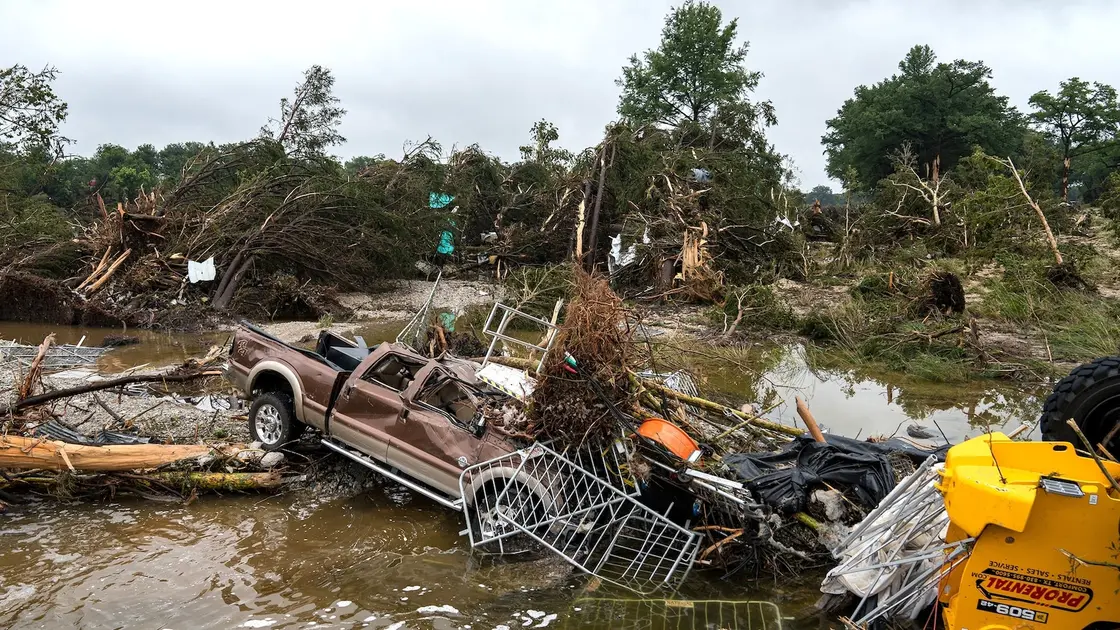T4K3.news
Pakistan floods update
At least 220 people killed in Buner district as rescue efforts continue after landslides and flash floods.
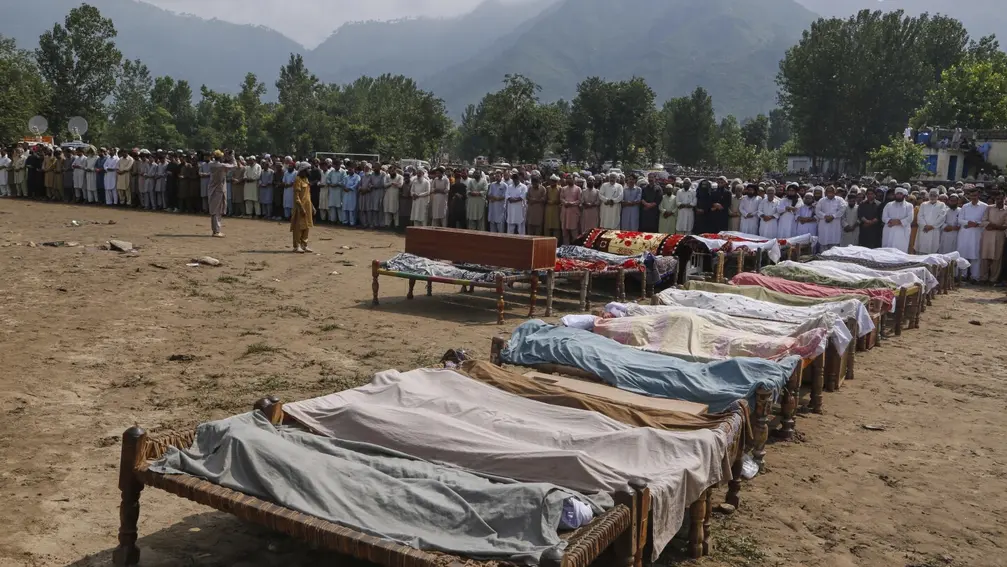
A deadly monsoon flood in a northern district adds to the mounting toll across Pakistan.
Pakistan floods kill 220 in Buner district as rescuers pull bodies from landslides
Heavy monsoon rains have killed at least 220 people in Buner district in Pakistan’s Khyber Pakhtunkhwa province. Rescuers pulled 63 more bodies overnight as homes were swept away and landslides blocked roads. Eyewitnesses describe floodwaters moving with rock and boulder debris, turning villages like Pir Baba and Malik Pura into ruin. Officials say the toll in this week’s floods across the region has risen to more than 541.
Experts link the rise in cloudbursts to climate change, noting that higher rainfall is triggering floods and mudslides in northern Pakistan and in parts of India’s Himalayan area. Rescue teams and relief workers are scrambling to reach remote communities, while thousands of tourists and pilgrims have been evacuated from flood zones. The broader toll includes deaths in other districts and a reminder that monsoon disasters test both local authorities and the humanitarian system.
Key Takeaways
"A stream near Pir Baba village in Buner swelled without warning."
Eyewitness description of sudden flooding in Pir Baba.
"It was not just the floodwater, it was a flood of boulders as well, which we saw for the first time in our lives."
Eyewitness description of rock-filled flood.
"Our police station was washed away too and if we hadn’t climbed to higher ground, we would not have survived."
Eyewitness account of danger and survival.
"Many among the dead were children and men, while women were away in the hills collecting firewood and grazing cattle."
Casualty detail from field reports.
The Buner disaster exposes how quickly mountain valleys can turn deadly when weather turns violent. Rescue work is painstaking and dangerous, with crews navigating collapsed roads and rock-filled channels. The event underscores why rapid, well-coordinated relief matters in remote terrain where roads are cut and villages lie off the main grid.
Looking ahead, climate adaptation and flood risk reduction are not luxuries but necessities. Better early warning, land-use planning, and investment in resilient infrastructure could save lives in future storms. The incident also highlights the need for sustained funding and regional cooperation to manage monsoon hazards that cross administrative borders.
Highlights
- Rocks rode the flood and homes vanished in minutes
- Cloudbursts in the Himalayas are getting louder
- Rescue teams keep digging through wreckage as hope fades
- The flood will reshape lives long after the water drains
Resilience must grow as quickly as the storms.
Enjoyed this? Let your friends know!
Related News
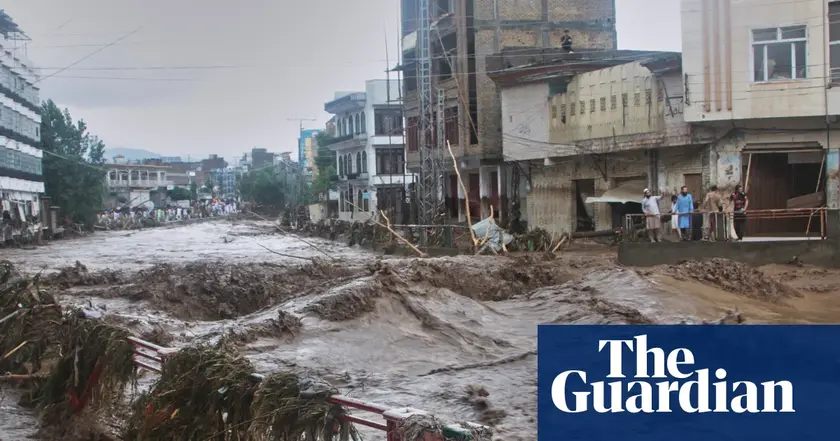
Flash floods update
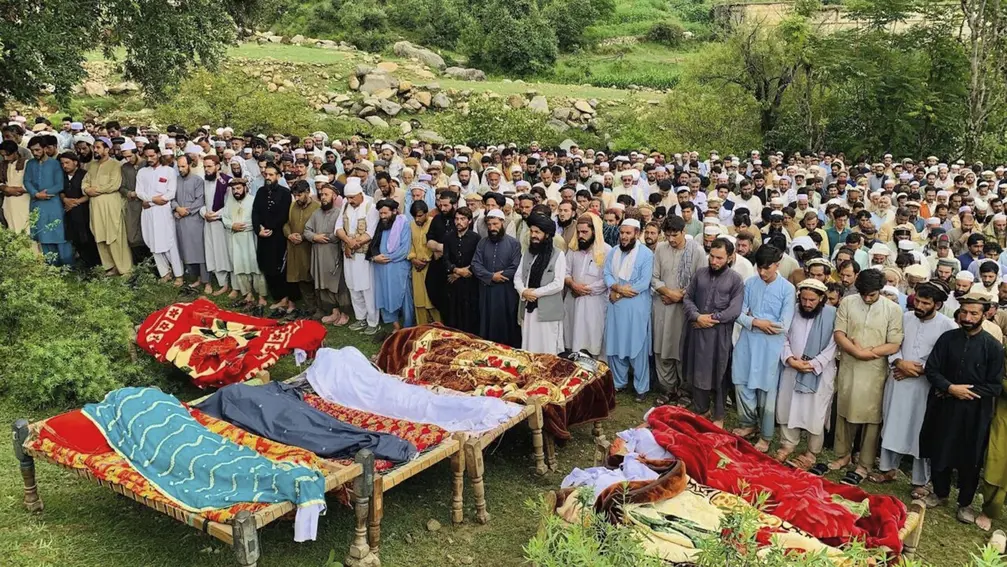
Flash floods claim hundreds in India and Pakistan
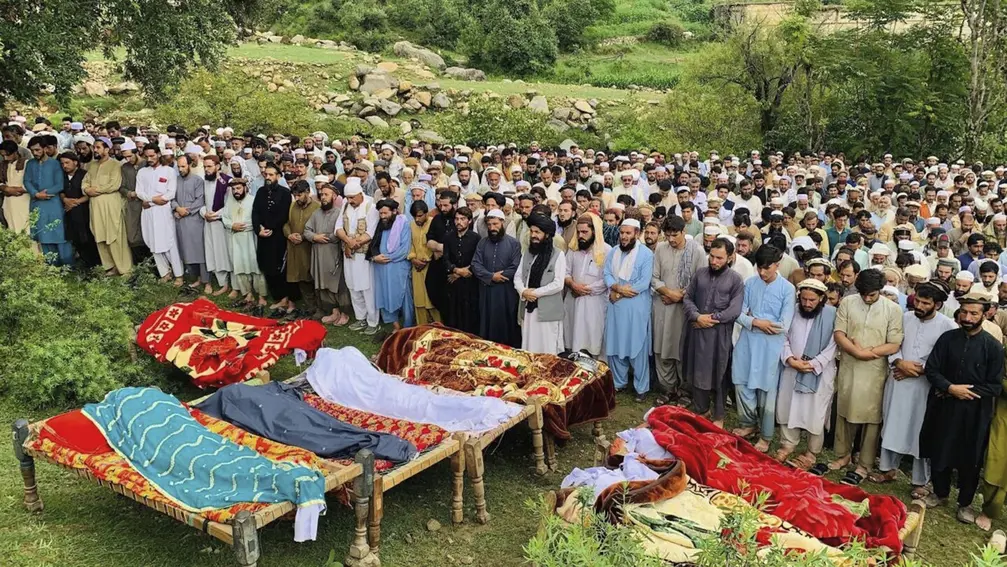
Floods kill over 200 in India Pakistan
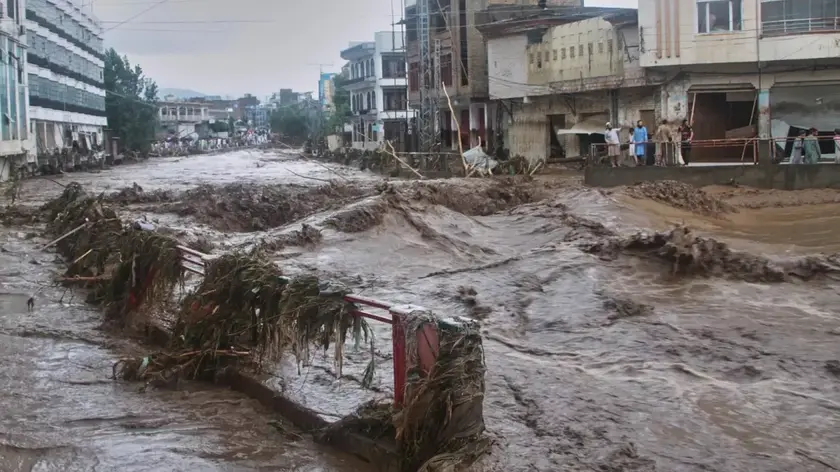
Flash floods kill hundreds in South Asia
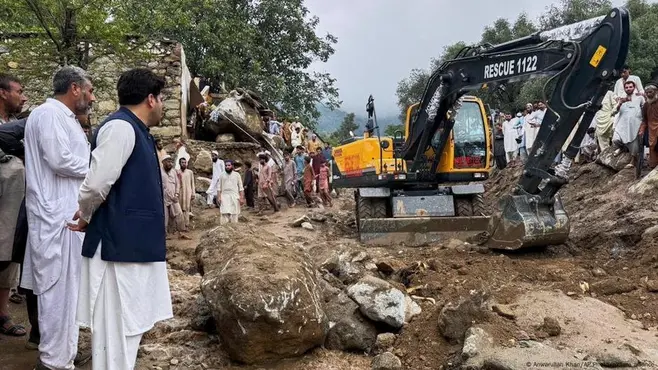
South Asia floods escalate
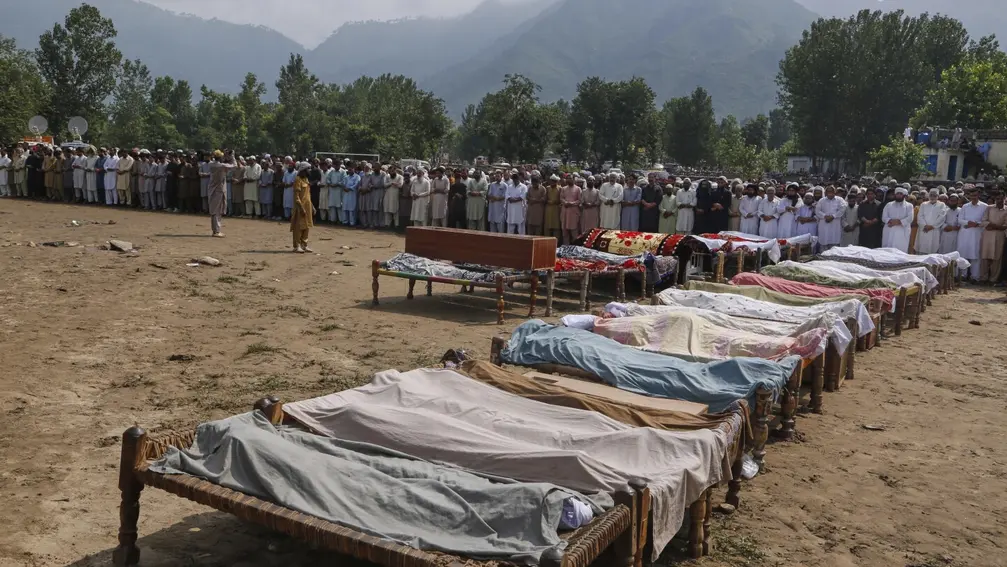
Flash floods kill hundreds in Pakistan

Trump administration increases immigration enforcement in sanctuary cities

Trump discusses impact on global conflicts during Starmer meeting
